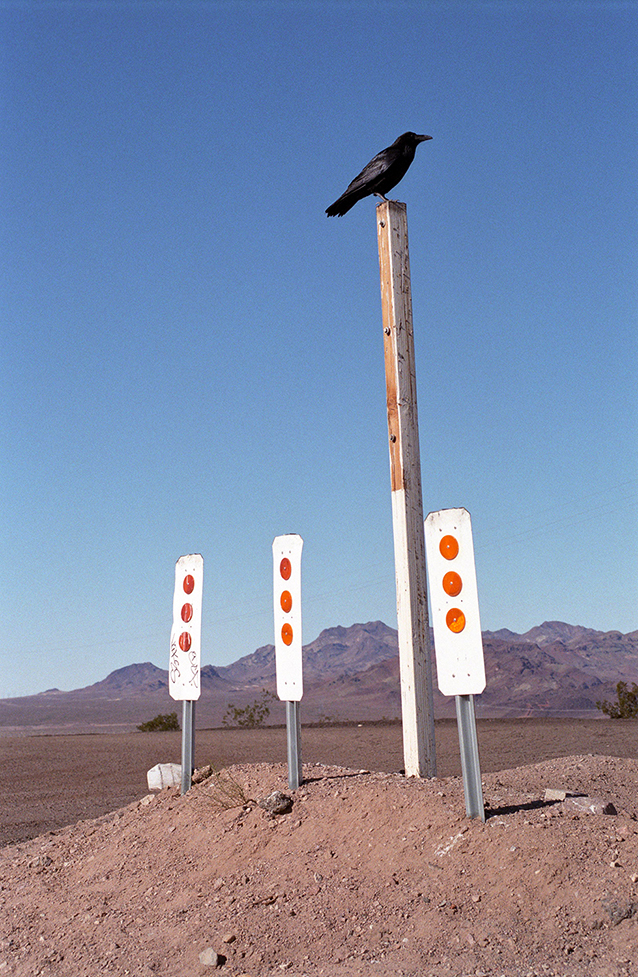Written by: Ryan Nemeth
In case you are wondering, cardinal directions have no history or affiliation with either the Catholic Church or the red breasted songbird. The word cardinal is synonymous with pivotal, main, and essential. Thus, the cardinal directions remain essential elements of modern navigation. Cardinal directions are also referred to as cardinal points and they are defined as the universal directions of north, south, east and west. As you are aware, these commonly accepted directions serve as the basis for map orientation, the compass, and other key navigational aids the world over. If you are like me, you probably have a lot of questions that surround their etymology (the study of the origin of these words). Primarily, I cannot help but wonder how cardinal directions developed as universal terms for direction the world over?
History documents that during the migration period, the Germanic language names for cardinal directions entered the Romance languages, where they replaced the Latin names for their precedents. Borealis (or septentrionalis) was replaced with north, australis (or meridionalis) with south, occidentalis with west and orientalis with east. However, what about the Pre-European cultural use of directions? One would think that ancient cultures assigned words to cardinal points as a common means for navigation. However, the linguist Cecil H. Brown would say, bad assumption! Brown and others have studied many ancient languages such as Indo-European, Polynesian, Mayan, Uto-Aztecan, and Finno-Ugric languages and their studies tell a different story about the evolution of the universal words for cardinal directions.
Brown compiled data from 127 globally distributed languages to look for evidence of cross-language references and uniformities in the lexical encoding and naming of the four directions. In doing so, he concluded that there was little evidence to support the idea that our commonly used cardinal directions and their lexical derivatives were used in these ancient languages. Furthermore, Brown explained that distributions of genetically similar cultures and languages revealed that the use of cardinal directions are believed to be quite new relative to the dates assigned to these cultures. Additionally, Brown mentioned that is was not particularly surprising to conclude that ancient languages of the remote past lacked terms for cardinal points. He noted that cardinal points are particularly useful for cultures that are highly mobile and need finely tuned information to navigate complex spaces and geographies. Brown and others believe that ancient small-scale societies (nomads excluded) were not particularly mobile. Thus, he concluded that universal directions were less necessary for survival in these ancient cultures. He added that when directions were required, they were most likely handled through the use of referents, such as landmarks and other geographic land features. Brown’s study also revealed that other descriptive words such as up, down, left, right, front, and behind were often used as descriptors in conjunction with landmark referents. For example, expressions such as toward the mountain or on the other side of the lagoon, might have been common ways to communicating direction in these cultures.
Not surprisingly, as cardinal points began to show up in world languages, the cardinal points of east and west were almost exclusively references to movements associated with the rising and setting sun. Brown concluded this, because many of the newer languages studied contained independent words for the cardinal directions of east and west that were synonymous with sun references. However, the linguistic research was much less conclusive for the cardinal directions of north and south. The sun, wind, atmospheric features, and celestial bodies were all attributed as top influencers for the cardinal directions of north and south. For example, in the northern hemisphere the sun always travels from east to west in the southern half of the sky. For this reason, the sun shows up as a reference to the cardinal point south in some northern hemisphere cultures. For example, the Turkish, Hungarian, Polish, and Latvian languages all contain lexical derivatives that associate the sun with south in their language.
Words derived from the actions and orientations of celestial bodies and atmospheric events were also associated with the development of directional terms for north and south. For example, warmer weather arrives from the south and colder weather from the north in the northern hemisphere. Furthermore, it is evident that the north winds blow from the north and the south winds from the south. For this reason, Brown noted that it was not uncommon to find words that described wind as referents to the cardinal directions of north and south. It should be noted that celestial bodies and stars such as the north-star also worked as similar navigational aids to orientation in many of these cultures. Thus, celestial markers also show up as the language derivatives to north and south in many cultures. One could easily deduce that local geography must have also played a huge part in determining language referents for north and south. For example, the north-star was probably not visible to cultures that existed in climates with lots of cloud cover. In this case, celestial bodies would probably not have been directional referents in these cultures. So if anyone ever asks you how the cardinal directions came about, you can tell them this:
1) The cardinal directions of east and west evolved from our universal orientation to the rising and setting sun.
2) The cardinal directions of north and south are less definitive in their evolution. However, linguistic research reveals that their etymology most likely evolved from descriptive language that explained actions of the sun, the weather, and or the stars. Some of this variance can be attributed to differences in geography. Furthermore, and most notably, there is an absence of a universally orienting daytime south and north directional references on the order of the sun. This point alone helps resolve some of the variation revealed in the etymology of north/south cardinal directions.
References:
- Brown, C. (1983). Where Do Cardinal Direction Terms Come From? Anthropological Linguistics, Vol. 25, No. 2 (Summer, 1983), pp. 121-161. Retrieved from: http://www.jstor.org/stable/30027665
- No author, World Atlas (2015) cardinal Directions and the compass rose.
- Weibull, Lauritz. De gamle nordbornas väderstrecksbegrepp. Scandia 1/1928;
- Ekblom, R. Alfred the Great as Geographer. Studia Neophilologica 14/1941-2;
- Ekblom, R. Den forntida nordiska orientering och Wulfstans resa till Truso. Förnvännen. 33/1938

























